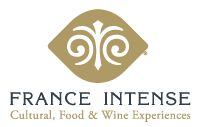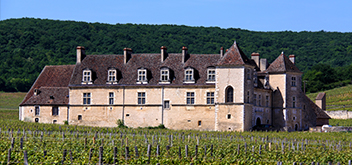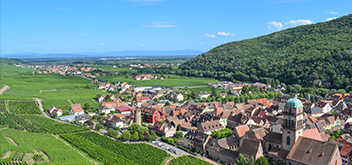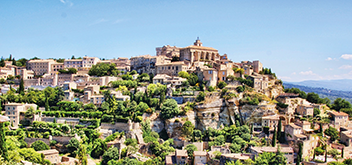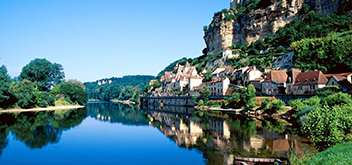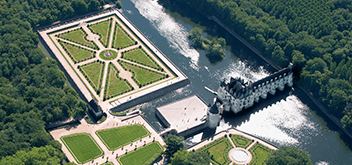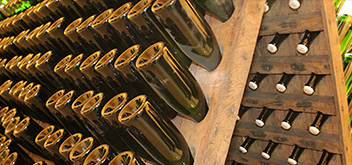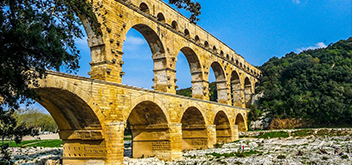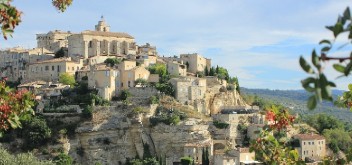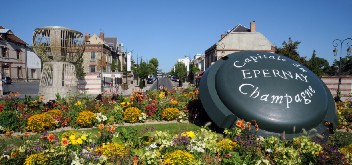Cart 0
0 item(s) - 0 € No products
0 € Total
Quantity
Total
Product successfully added to your shopping cart
There are 0 items in your cart. There are 0 items in your cart.
Total
Provence Wines
Wine has been made in this region for more than 2500 years, surely since Marseille was founded by the Greeks around 600BC. Through history Greeks, Romans, Gauls, Catalans and Savoyards brought a great diversity of grapes to the region. Today the region is known mostly for its rosé wine, though specialists might prefer the spicy, full-flavored red wines. Rosé wine currently represents more than half of the production of Provençal wine when reds account for about a third of the production. White wine is produced in small quantities with the Appellation d'Origine Contrôlée (AOC) region of Cassis specializing in white wine production. The côtes-de-provence is the largest AOC followed by the coteaux-d'aix-en-provence.The bandol region near Toulon is one of the more internationally recognized Provençal wine regions. In the late 19th century, the phylloxera virus arrived in Provence and devastated the region's viticulture. Many vineyards were slow to replant and some choose the high yielding but lower quality carignan grape. The arrival of the railroad system in the 19th century opened up new markets such as Paris, and in the 20th century, as tourism developed along the French Riviera, production of rosé increased, the latter pairing perfectly with local cuisine. Provence has a Mediterranean climate, with the sea forming its southern border. Mild winters are followed by very hot summers with little rain. Sun shines more than 3000 hours per year, much more than needed to ripen the grapes. The strong mistral wind can be good and bad for the vines. While it can dry the grapes after rain and cool the grapes from the heat, it can also damage vines that are not securely trained and protected. The soils are diverse in Provence; around coastal areas you’ll find deposits of limestone, shale, they are soils with more schist and quartz while inland there is more clay and sandstone.
